ashtanga yoga
—What is Ashtanga Yoga?—
Ashtanga Vinyāsa Yoga, was brought to light by Sri K. Pattabhi Jois and his teacher Kishnamacharya in the 1930’s. They developed a flowing form of yoga which has six series of postures and drew on an ancient Indian text known as the Yoga Kurunta.
The series include a broad range of postures which are learnt slowly and systematically over a sustained period of time, under the guidance of a traditionally trained teacher. With regular practice Ashtanga Vinyāsa Yoga creates strength, flexibility and clarity of mind. The practice gradually leads the student to rediscover their fullest potential and gain a greater level of awareness.
—The Practice – body, breath and mind merge as one…—
The practice always starts with Sun Salutations and is followed by a series of standing postures, seated postures and a finishing sequence which includes backbends, inversions and 3 closing seated positions.
…
Vinyāsa
…
The heart of this yoga practice is vinyāsa, the synchronisations of movement and breath. Vinyāsa creates internal heat which is essential to the practice; the blood gets thinner and it runs freely through joints and organs removing toxins and expelling them out through sweat. The body becomes supple and strong and the mind focused and clear.
…
Tristhāna
…
In Ashtanga yoga we refer to tristhāna which is the union of posture (āsana), breath and dṛṣṭi. Āsanas purify and strengthen the body. The breath used in this practice is known as 'free breathing' in Mysore; the inhale and the exhale are the same length and a gentle sound is created. The breath helps to purify the nervous system and quieten the mind. The dṛṣṭi or gaze point, of which there are nine, help to focus and concentrate the mind.
…
Ashtanga Mysore classes and Led Classes
…
The traditional way to learn this practice is within a self-practice environment often called 'Mysore style' after Sri K Pattabhi Jois who taught in Mysore. Students are taught individually within a group environment at their own pace. The teacher teaches them a precise sequence of āsanas and provides hands-on adjustments. At the beginning the student may have a short practice but as the student becomes comfortable in the āsana and commits the practice to memory the practice grows with the student, according to their individual needs and physical abilities.
Led classes are there to support the Mysore Style classes, they teach students the proper vinyāsa, the connection of movement with breath. Each āsana has a particular vinyāsa associated with it e.g. Sūrya Namaskār A has nine vinyāsas. Mysore style classes are suitable for everyone, from beginner to experienced practitioner. Led classes are not suitable for complete beginners.
—The Bigger Picture—
The philosophy that underpins Ashtanga Vinyasa Yoga is Patañjali Yoga Sūtras, a text which dates to around 450CE. Ashtanga means ‘eight limbs’. The limbs are:
Yāma – Internal purification, social codes of behaviour.
Niyāma – Internal purification, moral codes of conducts.
Āsana – Practice of postures.
Prāṇāyāma – Control of prana or life force.
Pratyāhāra – Withdrawal of the senses.
Dhāraṇā – Concentration.
Dhyāna – Meditation.
Samādhi – Complete absorption.
Students are always introduced to this system through the practice of āsana. A disciplined approach to the practice of āsana will help the student embody the yāmas and niyāmas and must be properly established before attempting prāṇāyāma. The first four limbs are external and the last four internal. According to Sri K. Pattabhi Jois when the external limbs are strongly established the last four will occur spontaneously.
Ashtanga Yoga Classes
All Ashtanga classes are limited to a maximum of 25 people with the exception of the Ashtanga beginners course which is limited to 15 people. We also offer private classes (online or face-to-face).
See more details about getting started online and pre-class preparation.
As is tradition, we don’t practice āsana on new and full moon days – these are observed as yoga holidays.
Find out more and see the calendar of upcoming moon days.



